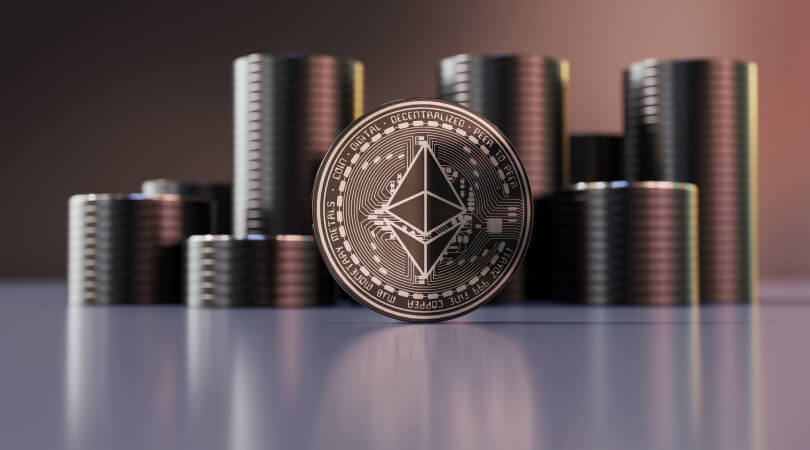The decentralized finance (DeFi) space has grown rapidly, but many platforms remain limited by the constraints of a single blockchain. These limitations often lead to higher fees, slower transactions, and reduced accessibility. Trumnix tackles this challenge with cross-chain operability, enabling users to engage seamlessly across multiple networks like Ethereum, Polygon, Binance Smart Chain (BSC), and Solana.
What is Cross-Chain Operability?
Cross-chain operability allows decentralized applications (dApps) like Trumnix to function across multiple blockchains. This means users can leverage the strengths of each network without being locked into one ecosystem.
How Trumnix Enables Cross-Chain Functionality
- Blockchain Bridges:
- Trumnix uses secure bridges to facilitate asset transfers between blockchains.
- For example, a user could deposit collateral on Ethereum and access loans on Solana.
- Interoperable Smart Contracts:
- Trumnix’s smart contracts are designed to work seamlessly across chains, ensuring a consistent user experience.
- Oracles for Data Accuracy:
- Oracles like Chainlink ensure accurate communication between networks, allowing Trumnix to maintain consistent credit scoring, lending rates, and risk assessments.
Benefits of Cross-Chain Operability
- Lower Fees: Users can opt for blockchains with lower gas fees, like Polygon or Solana.
- Faster Transactions: Networks like Solana provide near-instant transaction speeds, making DeFi interactions smoother.
- Broader Accessibility: By connecting multiple chains, Trumnix ensures users aren’t limited by the strengths or weaknesses of a single network.

Why It Matters
Cross-chain operability isn’t just a feature—it’s a necessity for the future of DeFi. As more users enter the space, platforms like Trumnix that offer multi-chain functionality will set the standard for scalability, flexibility, and user empowerment.



